5 Ways Immunosuppressants are Detected by LCMS MS

Immunosuppressants: A Critical Component of Transplant Medicine
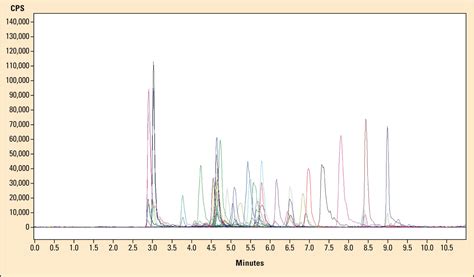
Immunosuppressants are a class of drugs that play a vital role in preventing the rejection of transplanted organs. These medications work by suppressing the immune system, thereby reducing the risk of organ rejection. However, the use of immunosuppressants requires careful monitoring to ensure that the levels of these drugs in the body remain within a therapeutic range. Liquid Chromatography-Mass Spectrometry (LC-MS/MS) is a widely used analytical technique for detecting and quantifying immunosuppressants in biological samples.
The Importance of LC-MS/MS in Immunosuppressant Detection
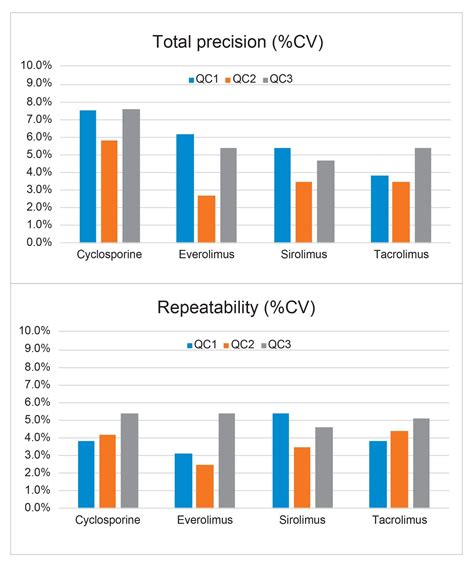
LC-MS/MS offers several advantages over traditional analytical techniques, including high sensitivity, specificity, and speed. This technique enables the detection and quantification of immunosuppressants at very low concentrations, making it an essential tool in the field of transplant medicine. The following are five ways LC-MS/MS is used to detect immunosuppressants:
1. Quantification of Whole Blood Concentrations
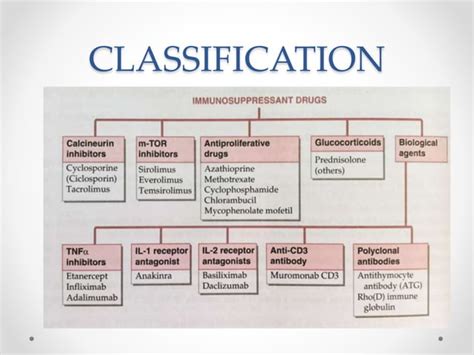
LC-MS/MS is commonly used to quantify the concentrations of immunosuppressants in whole blood samples. This involves the extraction of the drug from the blood sample, followed by chromatographic separation and mass spectrometric detection. The resulting data are then used to calculate the concentration of the immunosuppressant in the sample.
2. Pharmacokinetic Studies

LC-MS/MS is also used to conduct pharmacokinetic studies of immunosuppressants. These studies involve the administration of a single dose of the drug to a group of subjects, followed by the collection of blood samples at regular intervals. The concentrations of the drug in the blood samples are then measured using LC-MS/MS, providing valuable information on the absorption, distribution, metabolism, and excretion of the immunosuppressant.
3. Therapeutic Drug Monitoring
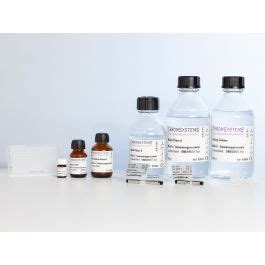
Therapeutic drug monitoring (TDM) is a critical component of immunosuppressant therapy. LC-MS/MS is used to measure the concentrations of immunosuppressants in blood samples, enabling healthcare providers to adjust the dosage of the drug to achieve optimal therapeutic levels. This helps to minimize the risk of adverse effects and ensure that the drug is effective in preventing organ rejection.
4. Toxicity Monitoring
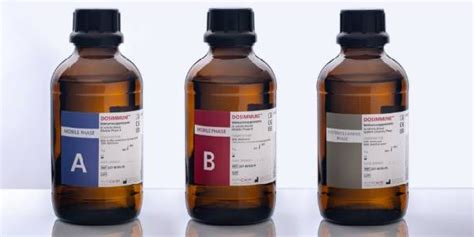
LC-MS/MS is also used to monitor the toxicity of immunosuppressants. By measuring the concentrations of these drugs in blood samples, healthcare providers can quickly identify patients who are at risk of toxicity. This enables prompt intervention, reducing the risk of adverse effects and improving patient outcomes.
5. Research and Development

Finally, LC-MS/MS is used in research and development studies of new immunosuppressants. This technique enables scientists to investigate the pharmacokinetics and pharmacodynamics of new drugs, providing valuable information on their efficacy and safety.
💡 Note: The use of LC-MS/MS in immunosuppressant detection requires specialized expertise and equipment. It is essential to work with experienced professionals to ensure accurate and reliable results.
In conclusion, LC-MS/MS is a powerful analytical technique that plays a critical role in the detection and quantification of immunosuppressants. Its applications in transplant medicine, pharmacokinetic studies, therapeutic drug monitoring, toxicity monitoring, and research and development make it an indispensable tool in the field.
What is LC-MS/MS?
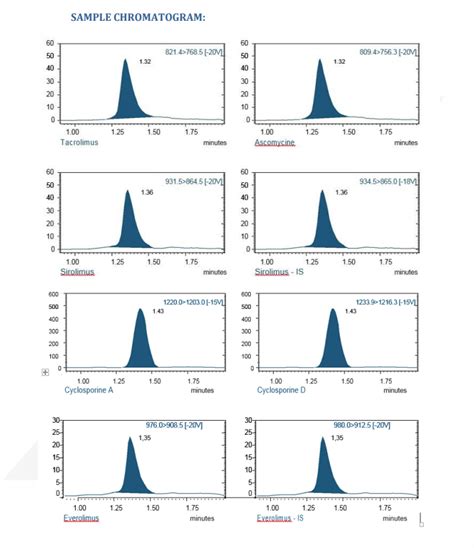
+
Liquid Chromatography-Mass Spectrometry (LC-MS/MS) is a widely used analytical technique that combines the principles of liquid chromatography and mass spectrometry to detect and quantify compounds in biological samples.
What are immunosuppressants?

+
Immunosuppressants are a class of drugs that suppress the immune system, reducing the risk of organ rejection in transplant patients.
Why is LC-MS/MS used in immunosuppressant detection?
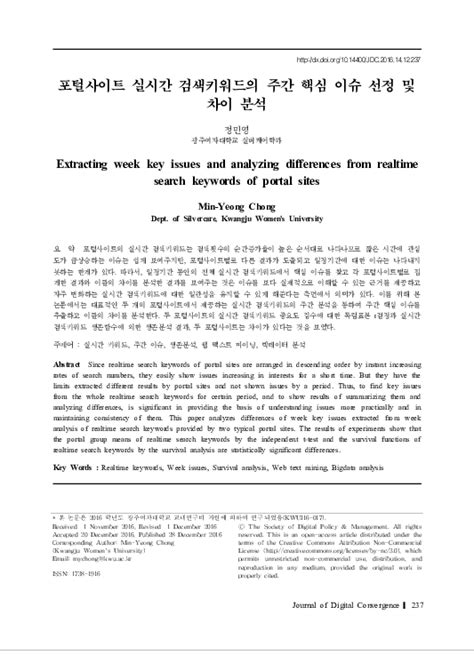
+
LC-MS/MS offers high sensitivity, specificity, and speed, making it an essential tool in the field of transplant medicine for detecting and quantifying immunosuppressants in biological samples.



